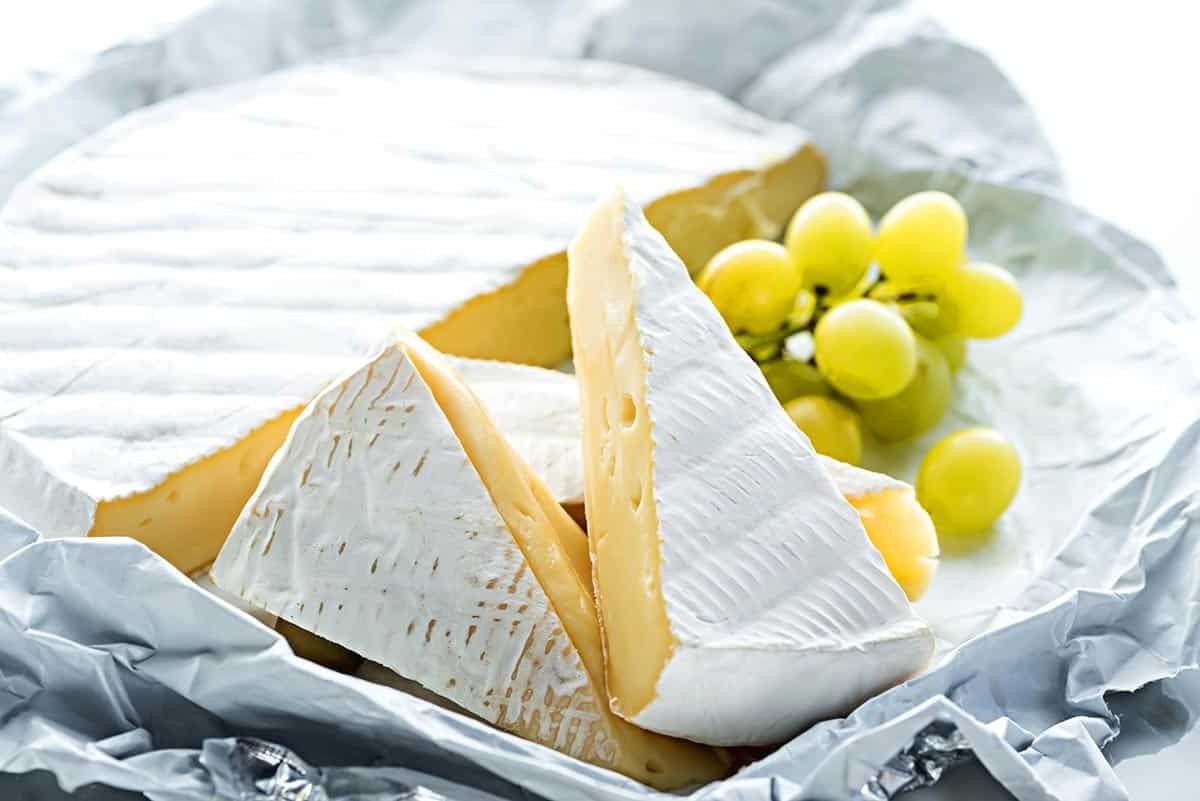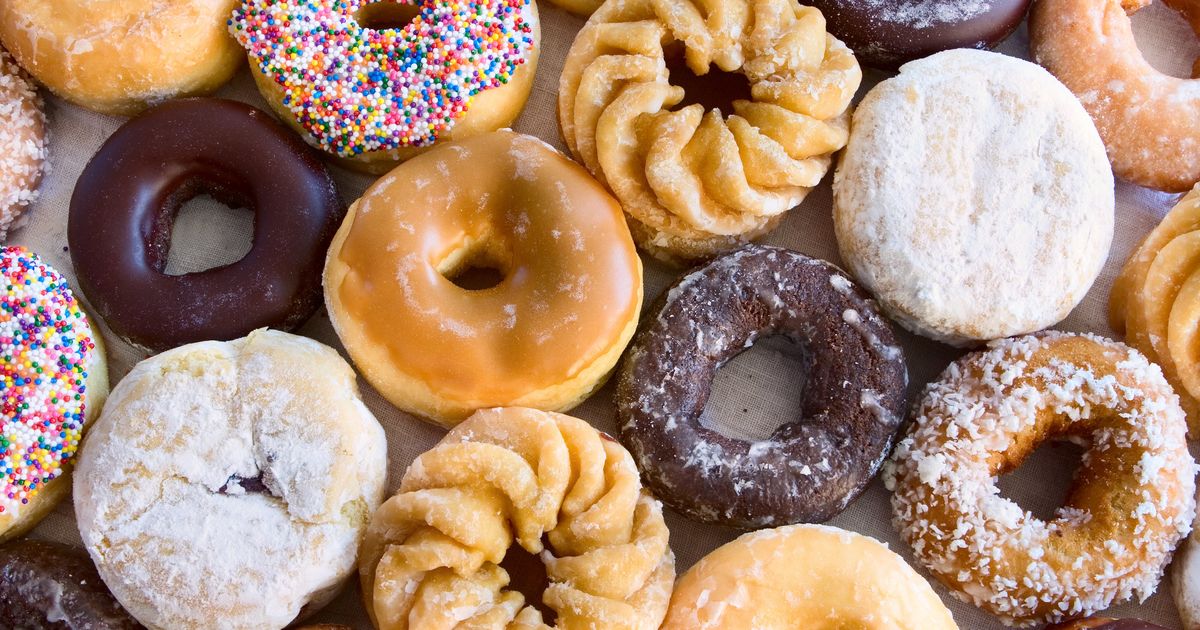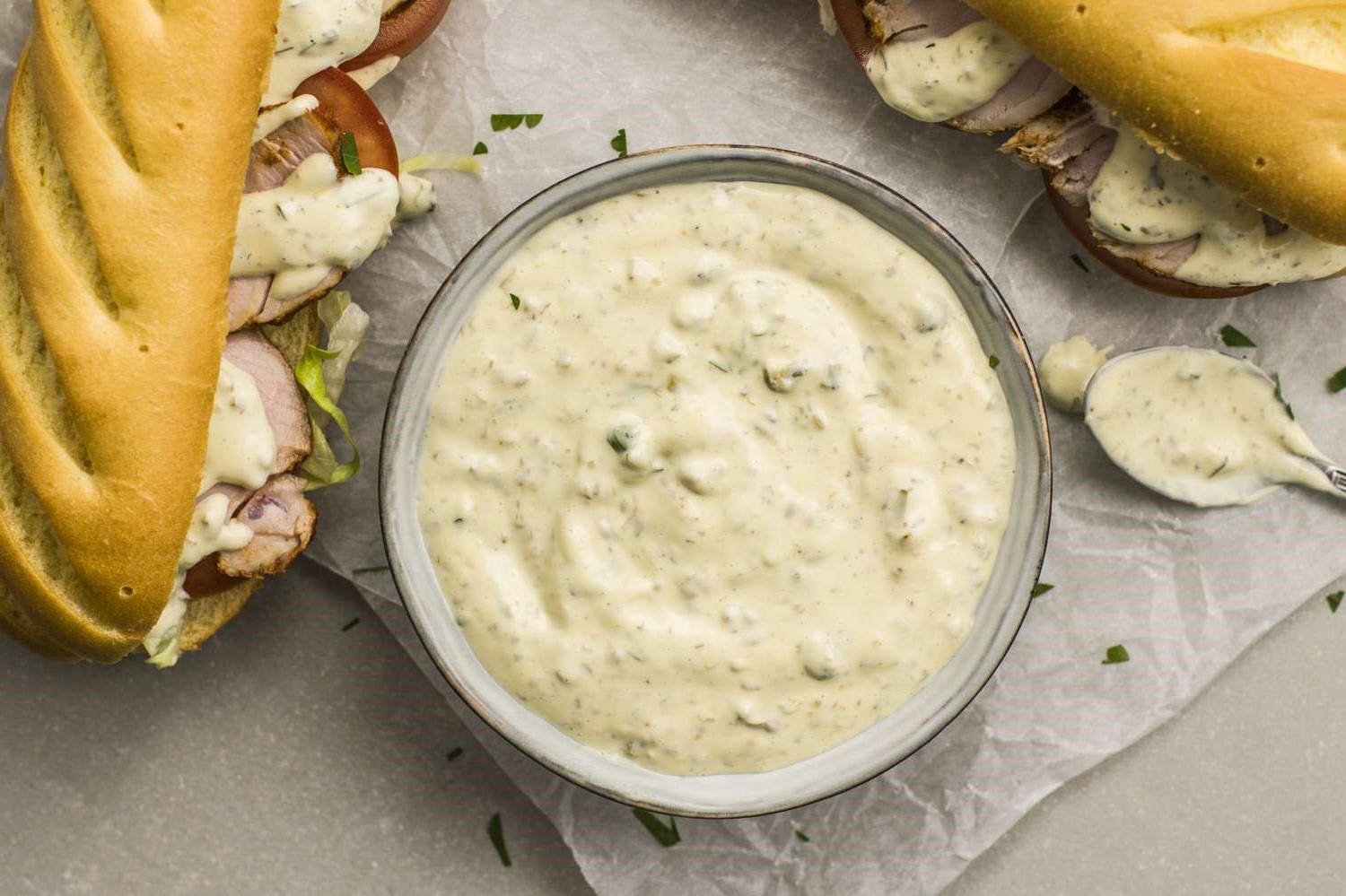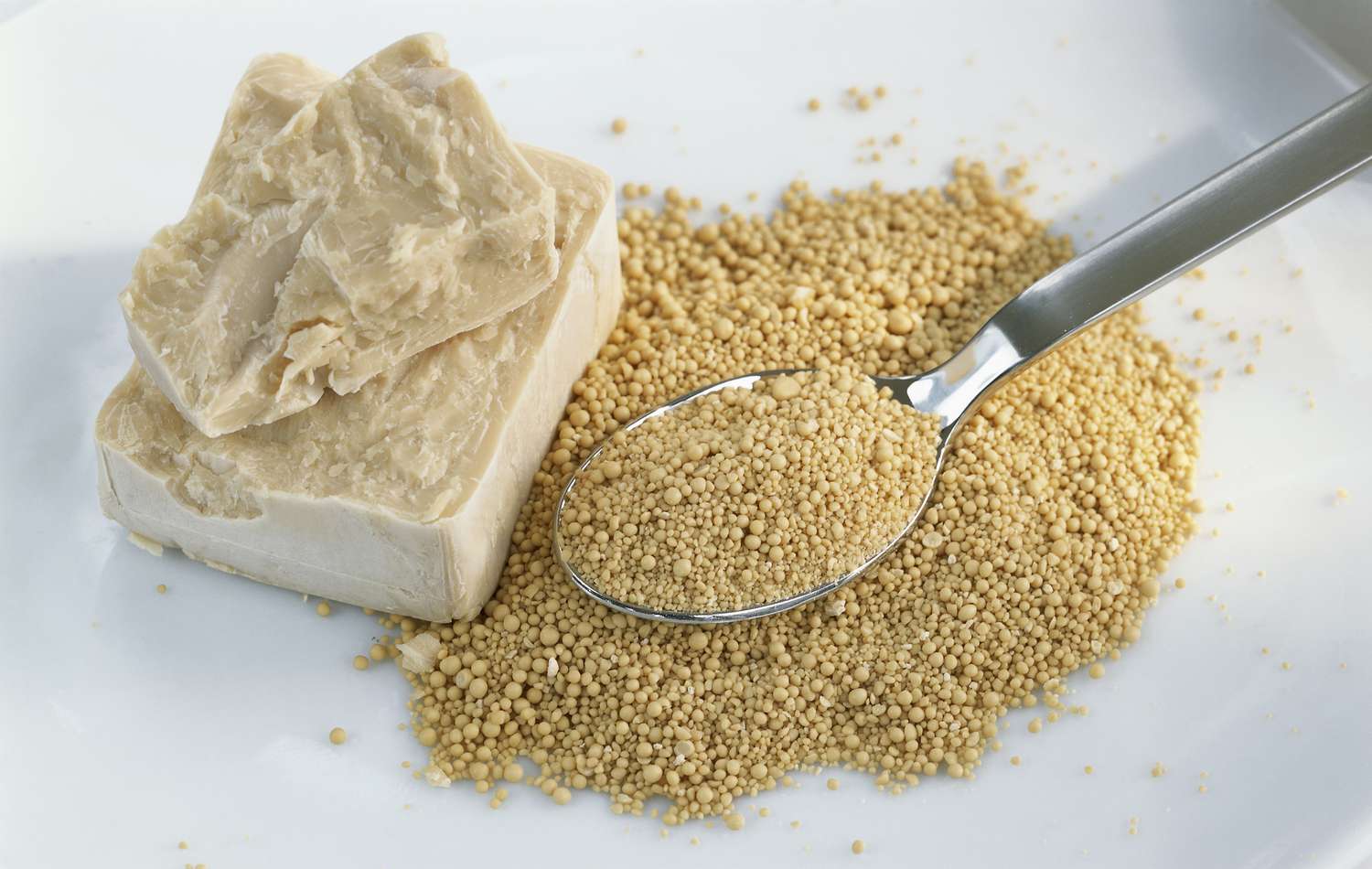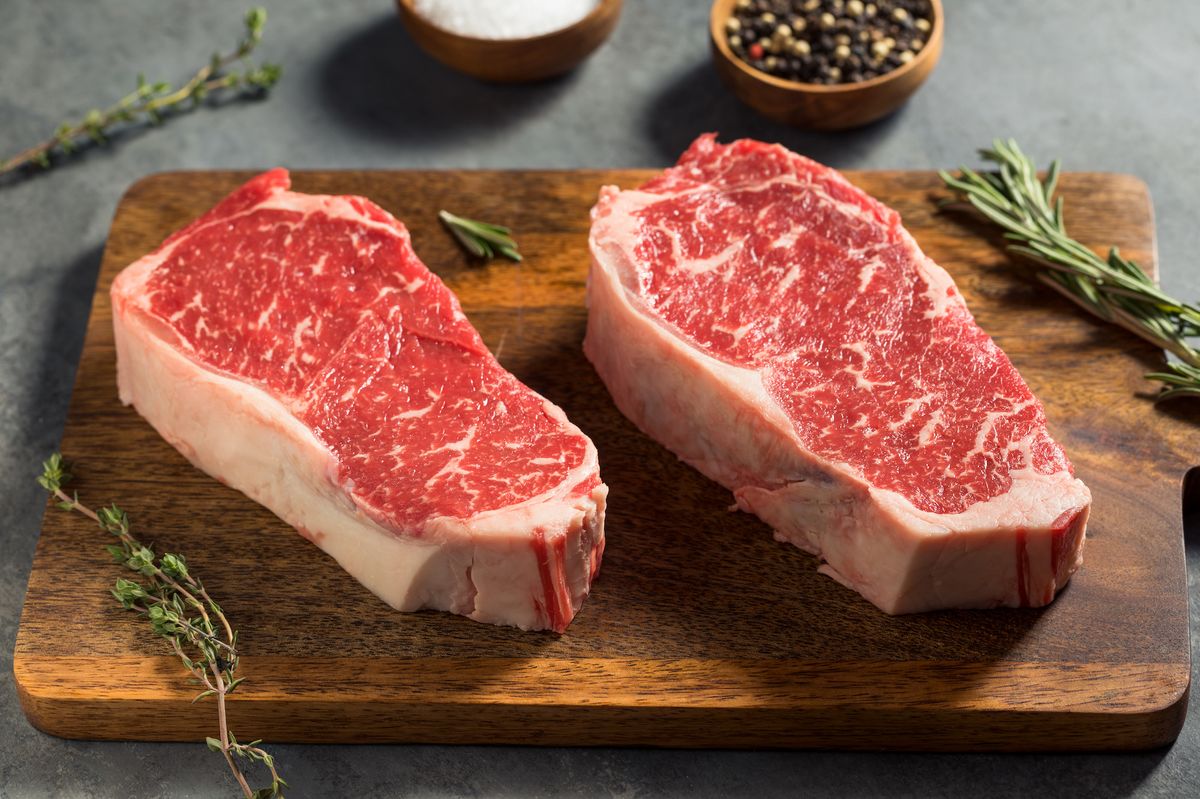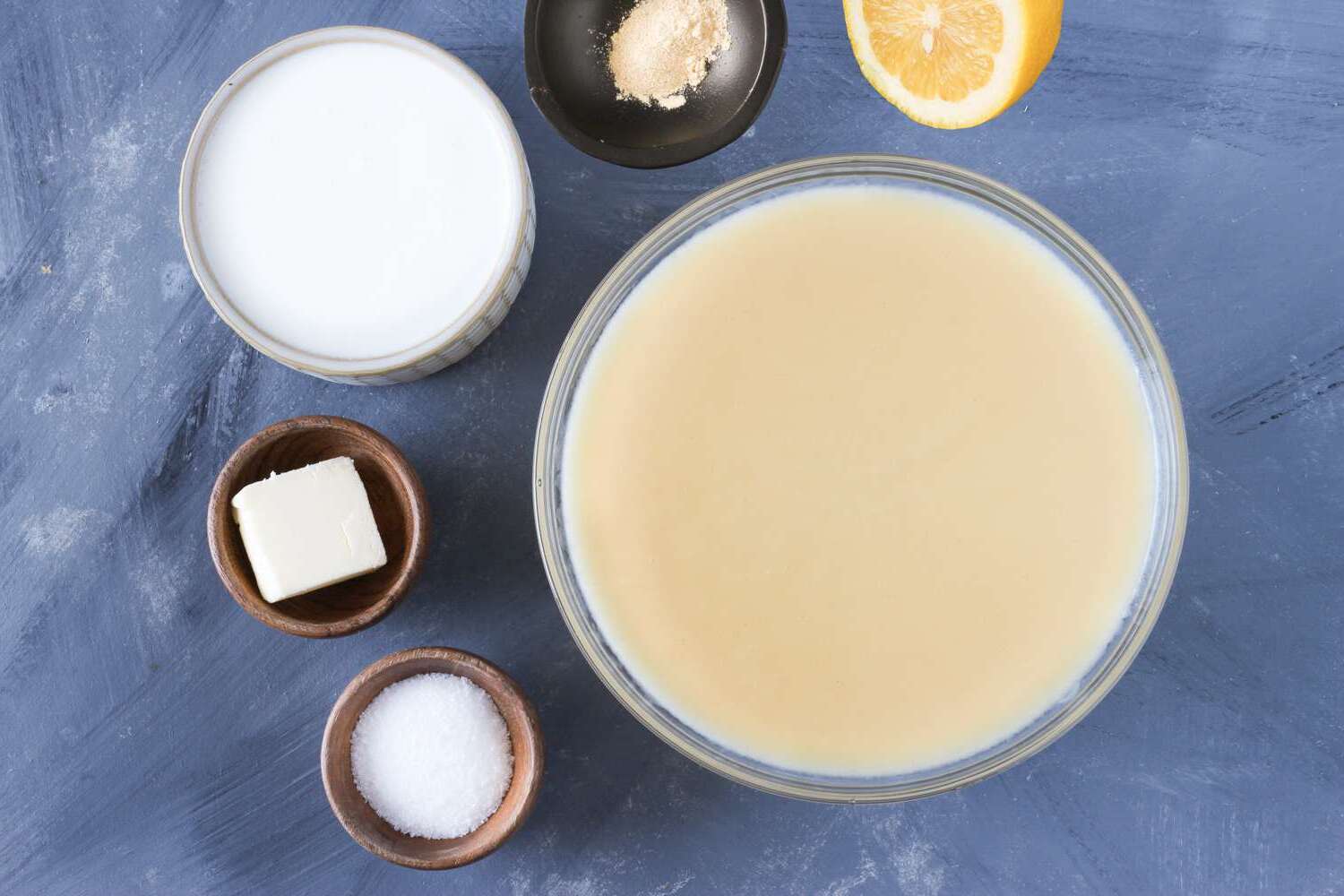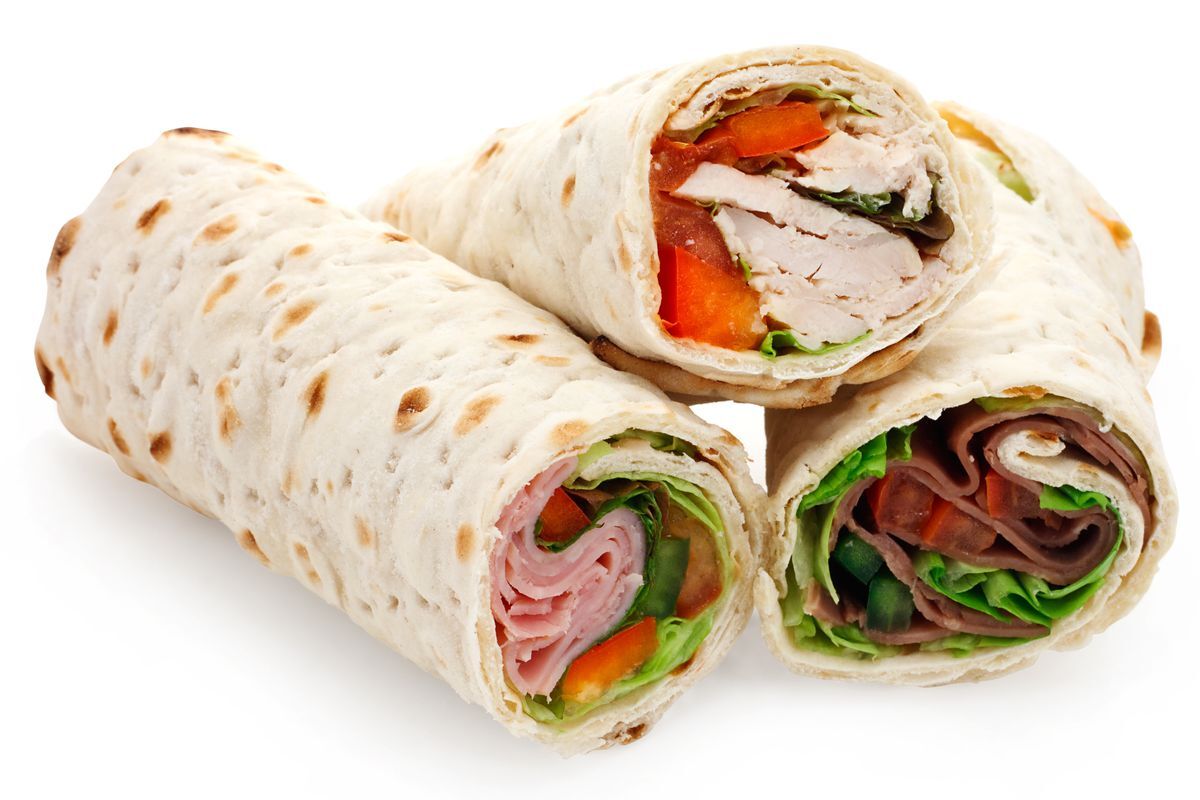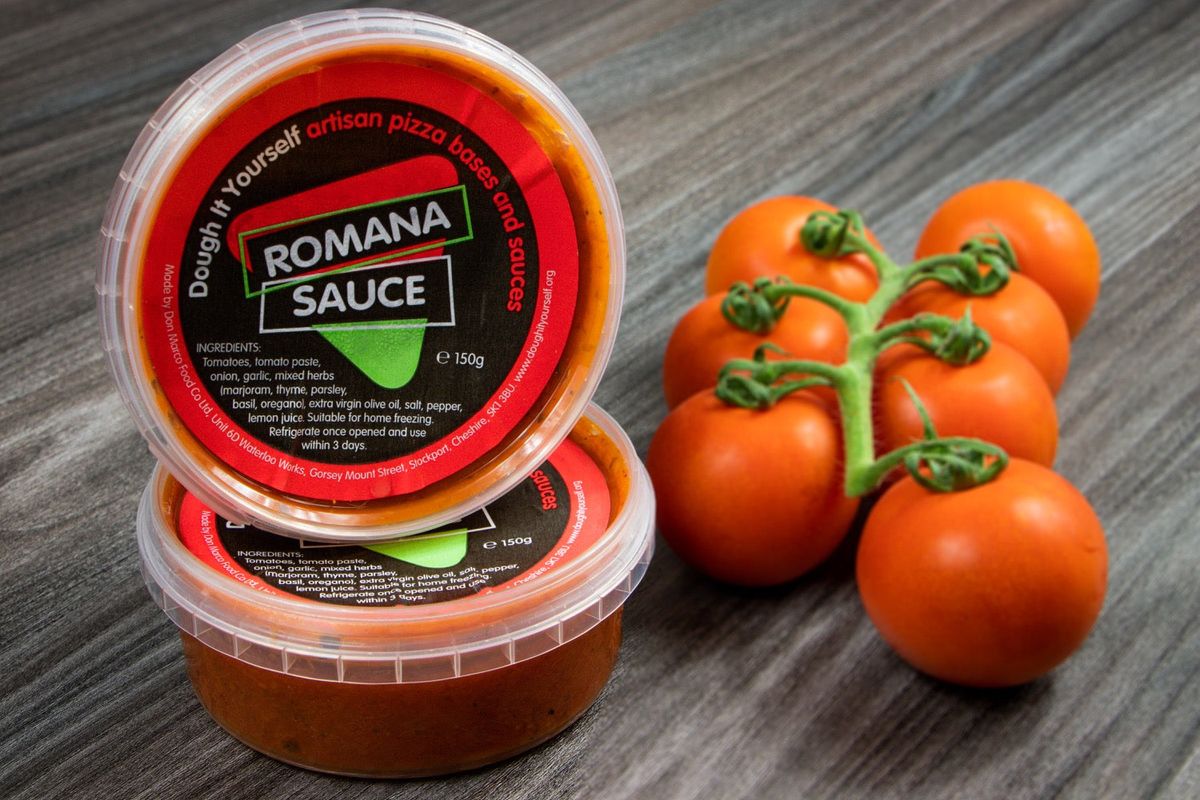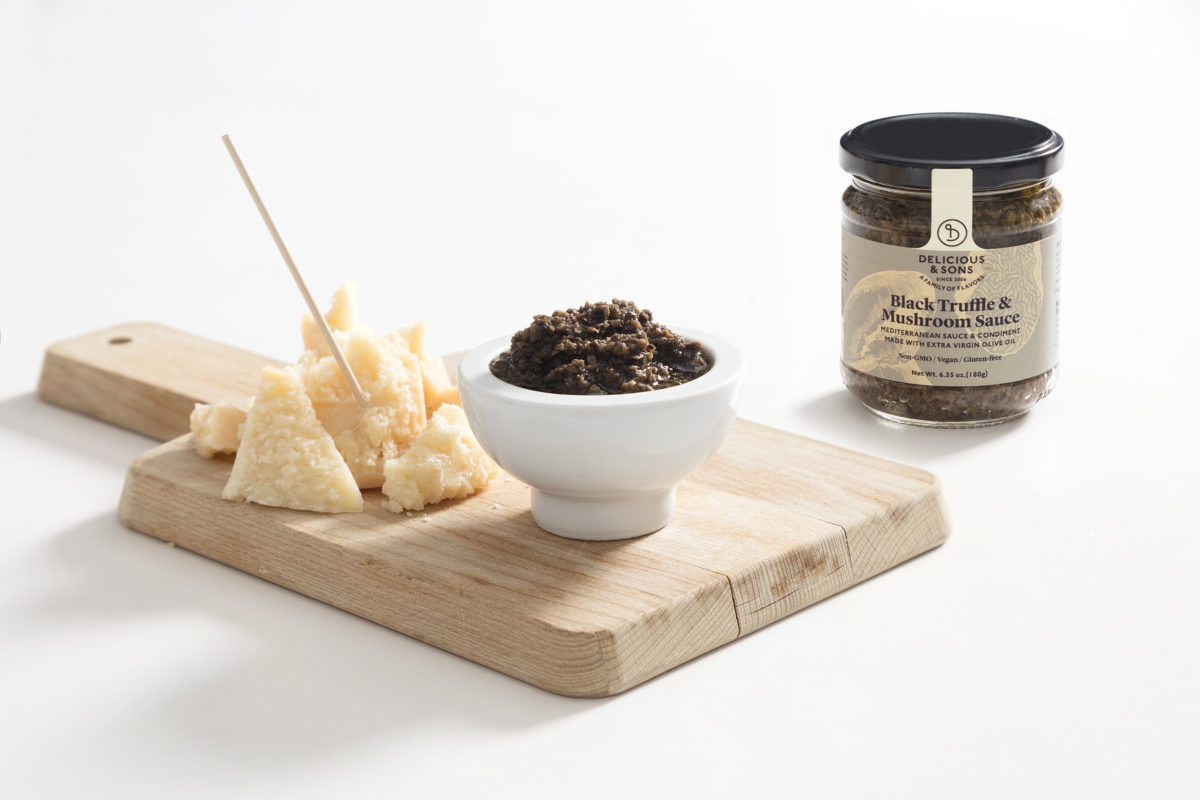Understanding Stale Bread
Have you ever left a loaf of bread on the counter for a few days and noticed that it becomes dry and hard? This is a common occurrence known as stale bread. But what exactly is stale bread and why does it happen?
Stale bread is the result of the natural process of moisture loss and retrogradation. When bread is exposed to air, the moisture within the bread evaporates, causing it to become dry and hard. This process is accelerated in bread that contains a higher percentage of water, such as artisanal or homemade bread.
Why Does Bread Go Stale?
There are a few factors that contribute to bread going stale:
- Moisture Loss: As mentioned earlier, when bread is exposed to air, the moisture within the bread evaporates, leading to staleness.
- Starch Retrogradation: Starch molecules in the bread undergo a process known as retrogradation, where they recrystallize and become firm, contributing to the hard texture of stale bread.
- Temperature: Bread stored at room temperature tends to go stale faster than bread stored in a cool, dry place.
Is Stale Bread Safe to Eat?
While stale bread may not be as enjoyable to eat as fresh bread, it is generally safe to consume. The moisture loss and firm texture do not make the bread harmful to eat. In fact, stale bread can still be used in a variety of ways, such as making croutons, bread pudding, or breadcrumbs.
Preventing Bread from Going Stale
If you want to prolong the freshness of your bread, there are a few tips you can follow:
- Proper Storage: Store bread in a cool, dry place to slow down the staling process.
- Freezing: If you don’t plan on consuming the bread right away, consider freezing it to maintain its freshness.
- Reheating: Revive stale bread by reheating it in the oven or toaster to restore some of its moisture and texture.
Conclusion
Stale bread is a natural occurrence caused by moisture loss and starch retrogradation. While it may not be as appealing as fresh bread, it is safe to eat and can be repurposed in various recipes. By understanding the factors that contribute to bread going stale and following proper storage techniques, you can prolong the freshness of your bread and minimize waste.
Next time you encounter a loaf of stale bread, consider getting creative in the kitchen and giving it a new lease on life!
Was this page helpful?
Read Next: What Is Siopao?

